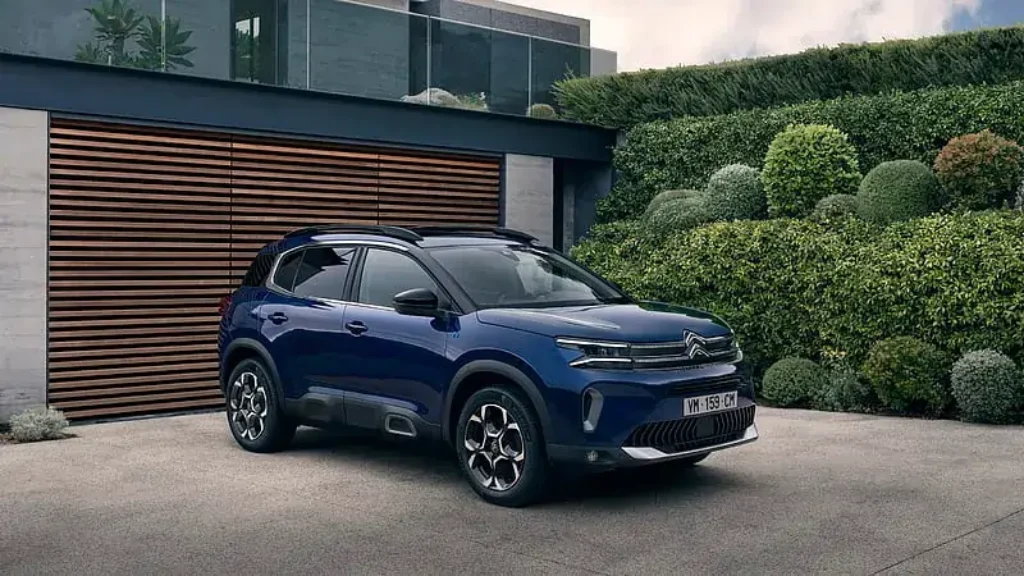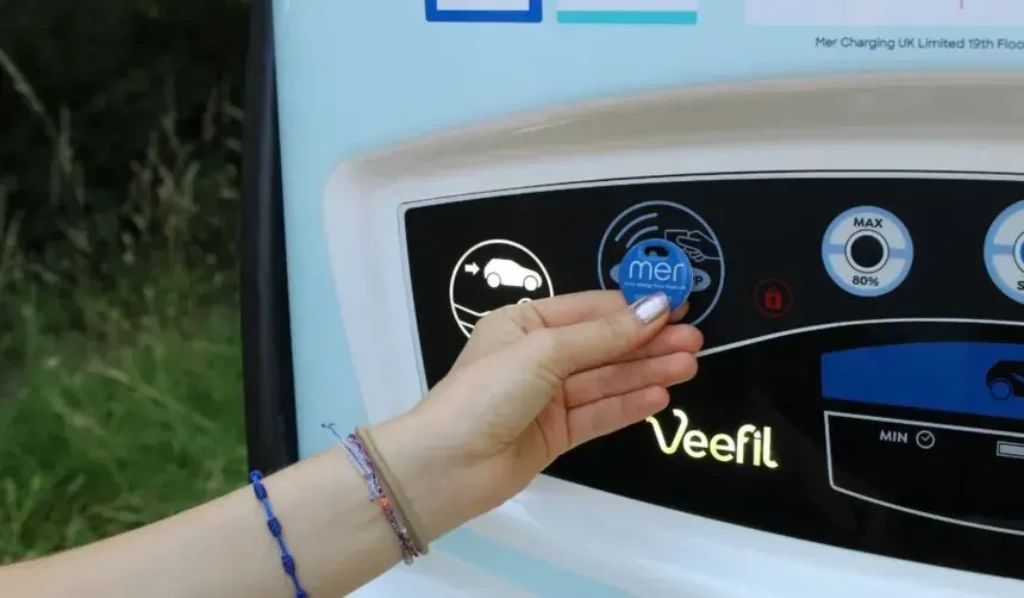
While electric vehicles (EVs) have a high upfront cost, their lower running costs lead to substantial savings over long-term ownership. This comprehensive guide examines the EV ownership cost of owning an EV over 5-10 years compared to internal combustion engine (ICE) vehicles:
Table of Contents
Exploring Key EV Ownership Cost Components Impacting TCO
A vehicle’s total cost of ownership (TCO) includes fixed and operating expenses. Here are the key components impacting EV ownership cost and ICE TCO:
Upfront Costs
- Vehicle purchase price
- Registration and insurance costs
- EV subsidies and incentives
Fuel Costs
- Electricity vs petrol/diesel costs
- Charging infrastructure installation
- Battery replacement
Maintenance Costs
- Service and spares
- Brake pad and tire replacement
Depreciation
- Resale value after 5-10 years
Let’s break down how each factor impacts the overall EV ownership cost compared to ICE vehicles.
TCO Comparison – Entry-Level Hatchbacks
Here’s a TCO breakdown for entry-level electric and petrol hatchbacks like the Tiago EV and Tiago ICE over 5 years:
| Cost Component | Tiago EV | Tiago ICE |
|---|---|---|
| Upfront Price | Rs 8 lakhs | Rs 6 lakhs |
| Insurance & Registration | Rs 50,000 | Rs 40,000 |
| Electricity/Fuel Cost | Rs 60,000 | Rs 3 lakhs |
| Service Costs | Rs 40,000 | Rs 70,000 |
| Battery Replacement | – | – |
| Total TCO | Rs 9.5 lakhs | Rs 10.1 lakhs |
- The Tiago EV has 6% lower TCO than the petrol variant over 5 years.
- Lower running costs compensate for the higher purchase price.
TCO Comparison – Compact SUVs

Here is a comparison of TCO for compact electric and petrol SUVs like the MG ZS EV and Hyundai Creta over 10 years:
| Cost Component | MG ZS EV | Creta ICE |
|---|---|---|
| Upfront Price | Rs 22 lakhs | Rs 13 lakhs |
| Insurance & Registration | Rs 1 lakh | Rs 70,000 |
| Electricity/Fuel Cost | Rs 2.4 lakhs | Rs 6 lakhs |
| Service Costs | Rs 1 lakh | Rs 1.5 lakhs |
| Battery Replacement | Rs 3 lakhs | – |
| Total TCO | Rs 30.4 lakhs | Rs 22.2 lakhs |
- The Creta ICE has a 27% lower TCO than ZS EV over 10 years.
- Lower running costs don’t fully offset EV’s higher purchase price.
TCO After FAME-II Subsidies
The Benefits of Including FAME-II Subsidies in Calculating EV Ownership Costs for Enhanced TCO Advantage:
| Cost Component | MG ZS EV | Creta ICE |
|---|---|---|
| Upfront Price (After Subsidy) | Rs 16 lakhs | Rs 13 lakhs |
| Insurance & Registration | Rs 1 lakh | Rs 70,000 |
| Electricity/Fuel Cost | Rs 2.4 lakhs | Rs 6 lakhs |
| Service Costs | Rs 1 lakh | Rs 1.5 lakhs |
| Battery Replacement | Rs 3 lakhs | – |
| Total TCO | Rs 23.4 lakhs | Rs 22.2 lakhs |
- The ZS EV now has ~5% lower TCO than the Creta ICE over 10 years after subsidies.
Evaluating the Influence of Escalating Petrol Prices on EV Ownership Costs
Recent Surge in Petrol and Diesel Prices Transform the Landscape of EV Ownership Cost Benefits.
Scenario 1 – Petrol Rs 90/litre, Diesel Rs 80/litre
| Vehicle Type | 5-Year TCO |
|---|---|
| Petrol Car | Rs 15 lakhs |
| Diesel Car | Rs 12 lakhs |
| Electric Car | Rs 10 lakhs |
Scenario 2 – Petrol Rs 120/litre, Diesel Rs 100/litre
| Vehicle Type | 5-Year TCO |
|---|---|
| Petrol Car | Rs 20 lakhs |
| Diesel Car | Rs 16 lakhs |
| Electric Car | Rs 10 lakhs |
- EV TCO advantage increases substantially as fuel prices rise.
Key Takeaways – EV vs ICE TCO

In summary, here are the critical findings regarding the comparison of TCO between EVs and ICEs, emphasizing EV ownership costs.
- Upfront Cost – Purchase price of EVs is 2-3X higher currently. Biggest cost differential.
- Running Costs – EVs have ~50-70% lower operating costs than petrol/diesel vehicles.
- Subsidies – Incentives improve EV TCO proposition significantly.
- Petrol Prices – Rising fuel prices make EVs much more attractive on TCO basis.
- Break-Even – EVs reach TCO parity after 4-6 years of ownership at current costs.
- Battery Replacement – Needs replacement after 5-8 years. Adds to EV costs.
While EVs may require a larger initial investment, their favorable long-term EV ownership cost profile positions them as a financially wise choice for the future.
Read Also: EV Battery Replacement Costs in India – Out-of-Warranty Analysis
Recent News on EV Adoption in India
Here are some latest updates regarding the EV segment in India:
- FAME-II Extension – Central scheme providing EV subsidies extended till 2024 with increased budgetary allocation.
- GST Rate Cut – GST on EVs reduced from 12% to 5% to boost affordability.
- Gujarat EV Policy – Offers demand incentives, subsidized electricity tariff for EVs, targets 10% EV share by 2025.
- Maharashtra EV Policy – Aims for electric vehicles to account for 10% of new registrations by 2025 in the state.
- Ola Electric – Raised over $200 million in funding. Set to enter the electric car market in India by 2024.
- Tata Avinya – Tata Motors unveils futuristic EV concept for launch by 2025.
- Battery Swapping – Government formulating battery swapping policy to expedite EV adoption.
- Charging Infra – India plans a density of 6 chargers per 100 km on highways and expressways.
ThePOLICY and product momentum building up in India point to an exciting future for EVs, with them becoming truly cost-competitive against petrol/diesel vehicles over the next 5-10 years.







